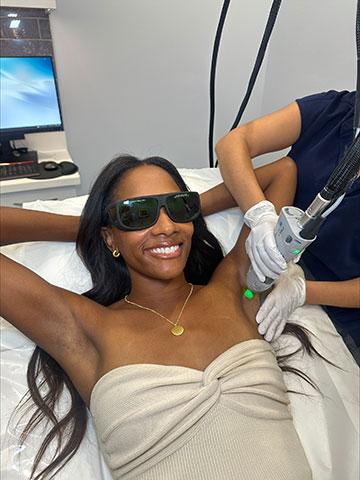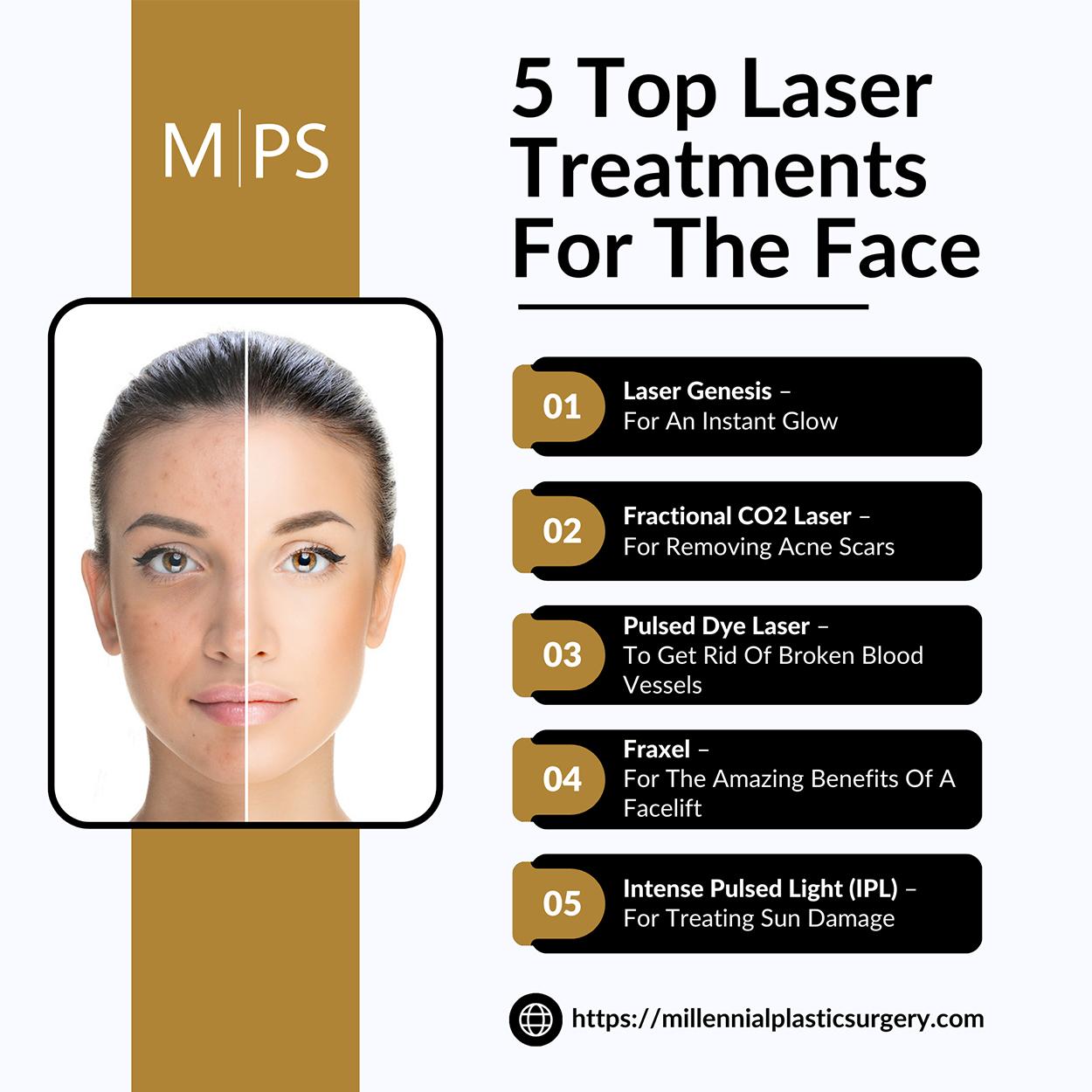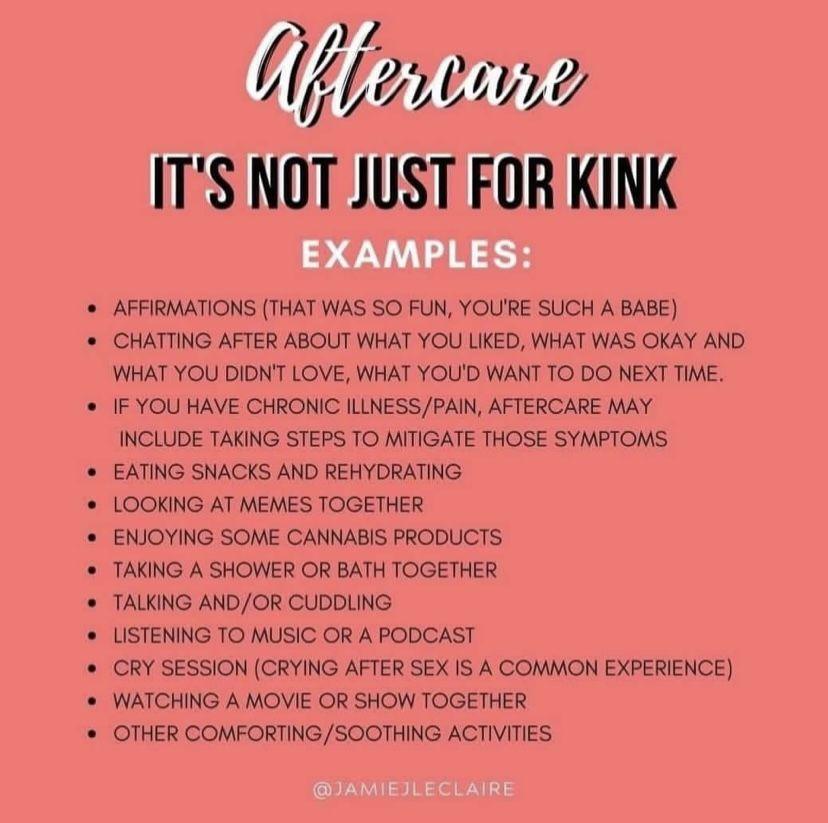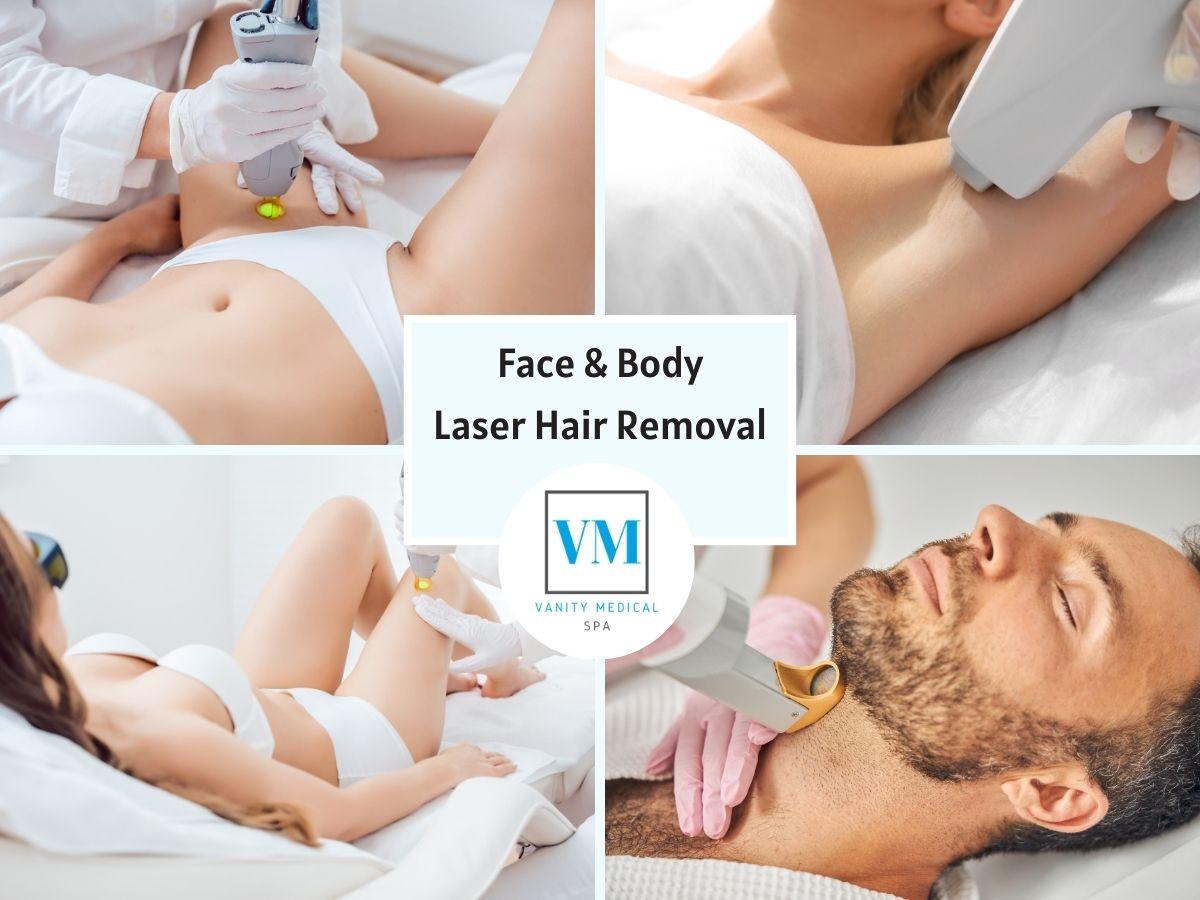Picture this: it’s a sunny day, the kind that makes you want to throw on a swimsuit and hit the beach. But then you remember – there’s that pesky leg hair. Or maybe it’s the underarm fuzz that seems to regrow overnight. For many, the endless cycle of shaving, waxing, and plucking can feel like a full-time job. Enter: laser hair removal, the modern-day magic wand that promises to zap away unwanted hair for good. But is it really all it’s cracked up to be? We asked top dermatologists to pull back the curtain on this popular cosmetic treatment, shedding light on its real pros and cons. Join us as we embark on this journey to uncover whether laser hair removal is the dream come true—or just another hype.
Table of Contents
- Understanding How Laser Hair Removal Works
- The Upside: Why Many Choose Laser Treatments
- Potential Pitfalls: Risks and Considerations
- Essential Aftercare Tips for Smooth, Radiant Skin
- Expert Advice: Is Laser Hair Removal Right for You?
- Q&A
- In Retrospect

Understanding How Laser Hair Removal Works
Laser hair removal has steadily gained popularity due to its promise of smooth and stubble-free skin. The magic behind this method involves the use of concentrated light beams to target and destroy hair follicles. The laser emits light absorbed by the pigment (melanin) in the hair follicles, which subsequently generates heat and damages these follicles. This damage inhibits or delays future hair growth. Since the laser targets melanin, it is typically most effective on individuals with darker hair and lighter skin. However, advancements in technology now accommodate a broader range of skin and hair types.
A key aspect to understand is that hair grows in cycles, and laser hair removal is most effective during the **anagen (growth) phase**. Because not all hairs are in the anagen phase at the same time, multiple treatment sessions are necessary to ensure all follicles are targeted. Typically, one can expect to undergo between 6 to 8 sessions for optimal results. Here’s a simple insight into the hair growth cycle:
| Growth Phase | Description |
|---|---|
| Anagen | Active growth phase |
| Catagen | Transitional phase |
| Telogen | Resting phase |
Before diving into treatment, it’s important to have realistic expectations. Although many find laser hair removal to significantly reduce hair growth, it **doesn’t guarantee permanent hair removal**. Instead, it effectively minimizes the amount and density of hair. Post-treatment, some might experience a bit of redness or swelling, but these symptoms generally subside within a few hours. Importantly, choosing a **qualified and experienced dermatologist** ensures the best results and minimizes potential side effects.
If you’re considering laser hair removal, a few pre-treatment steps can maximize effectiveness and safety. Dermatologists usually recommend **avoiding sun exposure** and opting for **shaving rather than waxing or plucking** the area before treatment. Additionally, ensuring your skin is clean and free from lotions or creams provides a clear target for the laser. Here’s what you can do before your session:
- Avoid sunbathing or tanning beds for at least two weeks before and after treatment.
- Shave the target area 24-48 hours before the session.
- Skip makeup or lotions on the day of treatment.

The Upside: Why Many Choose Laser Treatments
One of the most exciting benefits of laser hair removal is its **long-lasting results**. Unlike shaving or waxing, which require frequent upkeep, laser treatments can offer permanent reduction of unwanted hair. This means fewer trips to the salon and more time for other activities you enjoy. Moreover, modern laser technology has advanced to the point where it can effectively treat a wide range of skin tones and hair types, making it an accessible option for many.
**Precision and speed** are also key factors that attract individuals to laser treatments. Lasers can target dark, coarse hairs while leaving the surrounding skin undamaged. A single laser pulse can treat multiple hairs in a fraction of a second. Small areas such as the upper lip can be treated in minutes, while larger areas like the legs or back might take around an hour. This efficiency makes laser hair removal a practical choice for those with busy schedules.
Another noteworthy advantage is the **overall improvement in skin texture and tone**. Many individuals report that their skin feels smoother and looks healthier post-treatment. The reduction in hair growth also means a decrease in issues like ingrown hairs and irritation, which are common with other hair removal methods. This can be particularly beneficial for those with sensitive skin or those prone to razor bumps and redness.
though the initial cost may seem high, laser treatments can be **cost-effective in the long run**. Consider the repeated expense of razors, waxing sessions, or depilatory creams over a lifetime. Laser hair removal often requires only a few sessions for permanent hair reduction, making it a smart financial investment. Here’s a quick comparison:
| Method | Cost per Session | Frequency | Yearly Cost |
|---|---|---|---|
| Shaving | $10 | 52 times | $520 |
| Waxing | $50 | 12 times | $600 |
| Laser Treatment | $200 | 5 times | $1000 |
Potential Pitfalls: Risks and Considerations
While laser hair removal can be a game-changer for many, it’s not without its potential drawbacks. One of the primary concerns is **skin irritation**. It’s common to experience redness, swelling, or even slight pain around the treated areas. These symptoms typically subside within a few hours to a couple of days, but they can be bothersome. Additionally, those with sensitive skin may notice prolonged discomfort or adverse reactions, making it essential to consult with a dermatologist before proceeding.
Another significant risk includes **changes in skin pigmentation**. Both hyperpigmentation (darkening of the skin) and hypopigmentation (lightening of the skin) are possible side effects. This concern is particularly relevant for individuals with darker skin tones. Ensuring that the practitioner is experienced and knowledgeable about such risks can mitigate this, but it is something potential candidates must be aware of.
Though rare, **scarring and blistering** can occur. The likelihood increases if the laser settings are too aggressive or if the procedure is performed incorrectly. This underscores the importance of selecting a reputable clinic with certified technicians. Furthermore, sun exposure before or after treatment can exacerbate these effects, so rigorous sun protection and following post-treatment guidelines are crucial.
Lastly, there’s the consideration of **inconsistent results**. While many enjoy long-term hair reduction, others might find that the hair grows back in patches or only reduces somewhat. Factors such as hair color, type, and hormonal imbalances can influence the final outcome. Here’s a quick rundown of affected variables:
| Factor | Impact |
|---|---|
| Hair Color | Dark hair absorbs laser better; blonde or red hair is more resistant. |
| Skin Tone | Fair skin sees better results; dark skin requires specialized lasers. |
| Hormonal Changes | Can cause hair regrowth even after successful treatments. |
By understanding these potential pitfalls, individuals can make more informed decisions and set realistic expectations for their laser hair removal journey.

Essential Aftercare Tips for Smooth, Radiant Skin
After you’ve undergone a laser hair removal treatment, ensuring your skin’s health and radiance is paramount. Immediate and consistent aftercare can make a significant difference in how effectively the treatment works and how quickly your skin heals.
**First** and foremost, you’ll need to keep your skin hydrated. Applying a gentle, fragrance-free moisturizer several times a day can alleviate dryness and soothe any irritation. Avoiding products with harsh chemicals, such as alcohol or retinoids, is crucial as they can exacerbate sensitivity. Consider aloe vera gel or a calming lotion with chamomile for added relief.
- Use a cooling gel to minimize redness and discomfort.
- Avoid activities that cause excessive sweating like workouts or saunas for at least 48 hours.
- Pat your skin dry with a soft towel instead of rubbing it.
It’s also important to **shield your skin from the sun**. UV exposure can lead to hyperpigmentation and other complications. For the first couple of weeks post-treatment, apply a broad-spectrum SPF 30 or higher anytime you go outside, and wear protective clothing. A stylish wide-brimmed hat can be both functional and fabulous!
Equally, being gentle with your skin during the healing process is essential. Avoid exfoliating the treated area or using any abrasive scrubs for at least one week. Consider switching to a mild soap or cleanser to prevent further irritation. If you experience any swelling or minor burns, over-the-counter hydrocortisone creams can offer relief. In case of severe reactions, consulting your dermatologist promptly is highly recommended.
| Do’s | Don’ts |
|---|---|
| Use fragrance-free moisturizer | Avoid direct sun exposure |
| Apply broad-spectrum SPF | Avoid harsh chemicals |
| Wear loose clothing | Avoid heavy workouts |
With these **comprehensive care tips**, your skin will feel pampered and pristine. Proper aftercare not only ensures the best results but also prolongs the smoothness and radiance of your skin post-laser hair removal. Embrace these guidelines, and you’ll maximize the benefits while minimizing any risks, leading to a flawless and glowing complexion.

Expert Advice: Is Laser Hair Removal Right for You?
Considering whether laser hair removal is the best choice for you? We consulted top dermatologists to break down the pros and cons of this popular cosmetic procedure. **Dr. Amelia Rivera**, a renowned dermatologist, emphasized a crucial point: “Laser hair removal offers lasting effects, but understanding your skin type is key.” Here’s what you need to know:
- Long-Term Results: One of the most significant advantages is the potential for permanent hair reduction. After several sessions, many people experience minimal hair regrowth.
- Time-Saving: Unlike shaving or waxing, which require frequent upkeep, laser hair removal can save you time in your daily grooming routine.
- Precision: Lasers can precisely target dark, coarse hairs without damaging the surrounding skin, making it a more refined option compared to other methods.
However, it’s not without drawbacks. According to **Dr. Michael Lee**, another expert in dermatology, potential clients should be mindful of the treatment’s limitations:
- Skin Type Sensitivity: Individuals with darker skin tones need to be cautious, as older laser technologies can cause hyperpigmentation or burns. New advancements are more inclusive, but a personalized assessment is still crucial.
- Multiple Sessions Needed: Don’t expect miracles overnight. Typically, 6-8 sessions are required to achieve optimal results, making it a time and financial commitment.
- Short-Term Discomfort: While generally tolerable, some may experience mild discomfort or skin irritation post-treatment, which usually subsides in a few hours.
Here’s a brief comparison table to help you decide if laser hair removal aligns with your expectations and needs:
| Pros | Cons |
|---|---|
| Permanency | Cost |
| Precision | Multiple Sessions |
| Time-Saving | Possible Side Effects |
Before making your decision, consult with a licensed dermatologist to discuss your specific skin type, hair characteristics, and expectations. Seeking professional advice can ensure you get the most out of your treatment while minimizing risks.
Q&A
Q&A: Laser Hair Removal: Dermatologists Weigh Pros & Cons
Q: What exactly is laser hair removal?
A: Let’s break it down! Think of laser hair removal as a high-tech way to say goodbye to unwanted hair. It uses concentrated beams of light (yep, lasers!) that penetrate hair follicles. These follicles soak up the light, which zaps the hair at its root, making it tricky for hair to grow back. Pretty futuristic, right?
Q: Sounds cool, but does it hurt?
A: Pain is such a personal thing! Some describe the sensation as a rubber band snapping against the skin or a tiny pinprick. The good news? Many modern laser devices come with cooling mechanisms to ease any discomfort. Plus, the treatment is quick, so if there’s any ouch, it’s over before you know it!
Q: How long does it take to see results?
A: Patience, grasshopper! Most people notice a reduction in hair growth after just a few sessions, but full results usually appear after six to eight treatments. The hair grows in cycles, and laser hair removal targets hair in its growth phase, so multiple sessions are the key to long-lasting smoothness.
Q: Is laser hair removal safe for all skin types?
A: Great question! Once upon a time, laser hair removal was tricky for darker skin tones due to the risk of pigmentation issues. But technology and techniques have come a long way! Many lasers today are safe and effective for a variety of skin tones. Always consult with a skilled dermatologist to find the best option for you.
Q: What are the pros of laser hair removal?
A: Where do we start? Imagine never having to schedule another wax appointment or deal with razor bumps! Laser hair removal offers longer-lasting results compared to shaving or waxing. It can be precise, tackling pesky areas like the upper lip or bikini line, and over time, you’ll likely see a permanent reduction in hair growth.
Q: But there have to be some cons, right?
A: Unfortunately, no magic solution is perfect! The upfront cost can be higher than traditional methods, and it requires a bit of commitment in terms of scheduling and attending multiple treatments. Also, temporary side effects like redness or swelling can occur, although they usually subside quickly.
Q: Can anyone get laser hair removal?
A: Most people can, but… it’s wise to consult a dermatologist first. Certain conditions or medications can make your skin more sensitive to light, and your dermatologist can determine the best course of action based on your medical history. Pregnant? It’s best to wait until after the baby arrives.
Q: Any tips for post-treatment care?
A: Absolutely! After a session, it’s important to treat your skin gently. Avoid sun exposure, tanning beds, and very hot showers for a few days. A good sunscreen is your best friend to protect the treated area. And if you experience any irritation, soothing lotions or aloe vera can be helpful.
Q: So, is laser hair removal worth it?
A: That’s the million-dollar question! If you’re looking for more permanent results and the convenience of not having to shave or wax regularly, laser hair removal can be a game-changer. But it requires some investment of time and money upfront. Weigh the pros and cons, chat with a dermatologist, and decide what feels right for you.
Q: Any final thoughts?
A: Smooth sailing! Laser hair removal isn’t a one-size-fits-all solution, but it’s a popular choice for many seeking long-term hair reduction. Do your research, take care of your skin, and most importantly, feel fabulous in whatever choice you make. Here’s to hair-free happiness!
This friendly Q&A approach aims to provide engaging and informative answers to common questions about laser hair removal, sprinkled with humor and useful advice!
In Retrospect
As we wave goodbye to our deep dive into the world of laser hair removal, it’s clear that this futuristic technology holds a lot of promise, but with an equal measure of considerations. From the echo of dermatologists’ insights, the message is resoundingly clear: knowledge is power. Whether you decide to embrace the smooth path of laser hair removal or stick with more traditional methods, understanding the pros and cons can illuminate your decision-making journey.
So, here’s to you, bold explorers of beauty! May your quest for silky smooth skin be guided by wisdom and personal choice. Until next time, stay curious, stay informed, and most importantly, stay beautifully you. 






